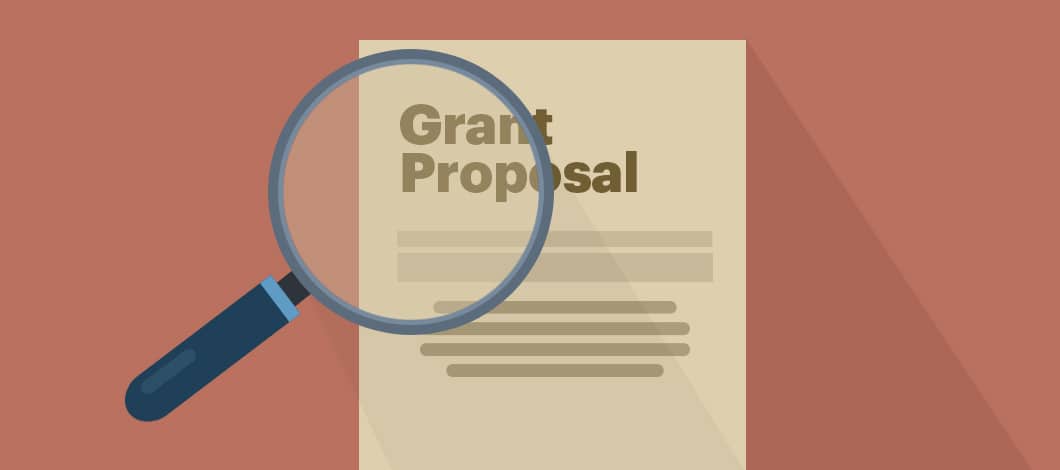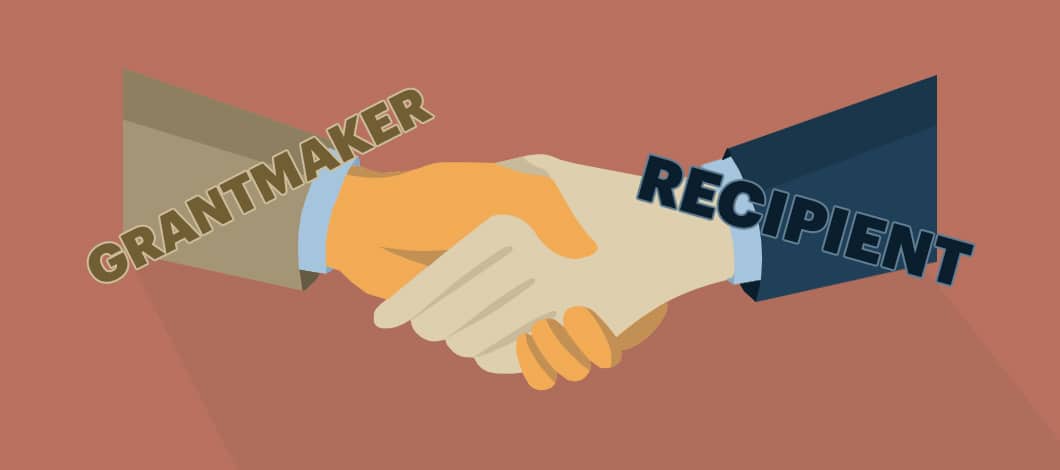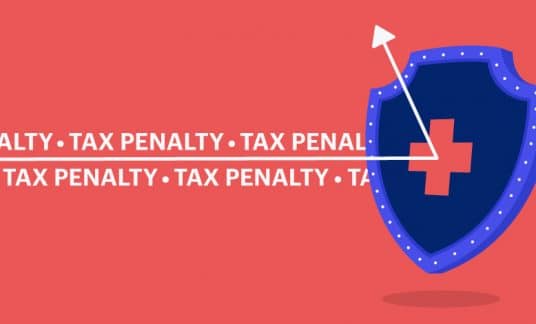Grant reviewers receive tons of proposals from applicants wanting their money. To increase your odds of receiving a grant, you have to find a way to stand out from the crowd and convince funders that your request has value and will benefit the community if it is implemented. Follow these 9 successful grant writing tips to improve the chances of your proposal being accepted.
1. Open With a Cover Letter
The purpose of your cover letter is to immediately grab the reviewer’s attention. You want the reader to be curious enough to read your proposal.
You shouldn’t take more than 3 or 4 paragraphs to get your point across and state the purpose of your letter, which is to attract funding for a specific project. Also, be sure to mention the amount of money you’re looking for and show how your proposed project connects with their mission statement.
The cover letter isn’t the place to go into an emotional story about your organization. Just briefly state the facts and make a connection with the funding agency. You want to draw the reader’s focus to your project. (And don’t mention any of your competition, either.)
2. Give an Executive Summary
An executive summary is a brief overview of your proposal. It only needs to be 1 or 2 pages long and will give enough detail about:
- The proposal
- The market segment
- The project’s goals
Why? Because doing so helps the reader quickly understand the objective of the project and the problem it will solve. Identify the final goal of the project and how the results will be measured.
Although you can briefly mention your organization and its mission, provide more detail about that later in your proposal.
3. Target a Specific Project
Asking for funds to support your general operations won’t work. Your request must be for a specific project that meets a specific need and has a unique solution that your organization can provide.
So, provide enough details to establish that your organization has thoroughly thought through the project and developed a plan on how it will be executed. Grantmakers want to know how you are going to accomplish your objectives. They will evaluate your action plan to determine if it’s practical and follows common-sense steps of implementation.

4. Present Your ‘Needs Statement’
The “needs statement” is one of the most important documents in your proposal. This is where you have the opportunity to explain the community problem that needs to be solved and how your proposal will solve the problem
So, be specific about the need for the grant. Explain why the project is essential and should be completed now rather than some indefinite date in the future. Clearly state the problem that you want to address and demonstrate why your proposal is the best solution.
Don’t say something that’s too general, like the community needs a youth gym, and we propose to build a gym. State “why” the community needs a youth gym.
Focus on solutions. Agencies award money to solve problems and address issues that are important to them. You want a good match between your grant proposal goals and direction of the funding agency. Also, make sure your objectives are in alignment with their objectives.
Be clear that the funds aren’t for the benefit or prestige of your organization but for the benefit of the community.
5. Describe Your Organization
Differentiate your organization from your competitors. State your mission and your organization’s goals and objectives. Tell a story of how your organization was formed and how it grew and developed. Also, include testimonials, recommendations, success stories and biographies of your key staff.
Highlight your organization’s strengths, not its needs. Show how it has the ability and resources to execute and complete the proposed project. Also mention that your organization can comply with all legal and safety regulations.
The goal and the underlying theme that runs through your proposal is to show how your organization and the funding agency have similar interests in common.
6. State Your Goals and Objectives
State your organization’s goals and objectives. Your goals need to be consistent with the funder’s goals. The grant reviewer sees hundreds of proposals, many of which aren’t of any interest to the funding agency. You want to be clear that your organization and the funding agency are on the same team.
A good way to clarify your objectives is to use the SMART method. This means your objectives are specific, measurable, attainable, relevant and time-bound.
7. How Your Project Will Be Evaluated
So, how will the results be measured?
Give details about how the project will be evaluated and how performance will be measured and in what time frame. Yes, this is like keeping the score of the game. Funding agencies want to know that their money made a difference. When the results are in, they want to see a winning numerical score.
To address their concerns, discuss the methods that will be used to evaluate the progress of the project. Also, find out if the evaluation will be done independently by an external party or another group.
8. Present a Project Budget
Provide details about how you’ll use the funds. Show where all the money will be spent.
Make sure the budget makes sense. Prove that your solution is the best use of funds and is the most effective way to solve the problem.
Also, double-check every figure in your budget. A simple math error can create credibility issues with your proposal or worse, result in immediate rejection
Don’t overload your proposal with unnecessary attachments. Follow the rules and the directions. Moreover, pay attention to details, even such things as agency requirements for page length, margins, typeface and any other formatting specifications. Granted, you may feel that some of the specifications are picky, but not following even one of them can lead to a rejection of your application.
9. Connect With the Funding Agency
Show how the funder’s mission connects with your proposed project.
Write with the funding reviewer in mind. Remember, funders are people. Review news releases from the funding agency, speeches and public presentations made by their management. Moreover, learn what their priorities are by gathering information from different sources to identify the goals of the grantmaker.
What Are the 4 Types of Grants?
While it may seem that grants come in all shapes and sizes, there are really 4 main types. So, if you know which type of grant you are applying for, you can adapt your grant proposal to that format and increase your chances of being approved.
Here are the 4 main types of grants:
1. Competitive Funding
With the competitive funding format, a team of reviewers evaluates the various applications on the merits of the project and accepts those deemed to be beneficial to the community. Note that applications aren’t restricted to any predetermined list and any organization is free to apply.
2. Formula Funding
Unlike competitive funding, formula grants are disbursed to a predetermined list of recipients. Applications aren’t evaluated on a competitive basis. Rather, all applicants who qualify with the minimum requirements will receive some amount of money. The exact amount that each applicant receives is based on a metric, such as population within certain zip codes, set by the funding agency.
3. Continuation Funding
In a continuation grant program, current grant recipients get the opportunity to renew their grants each year. While some programs restrict grant renewals to current grantees, others may be willing to accept new applicants. Existing recipients get priority.
4. Pass-through Funding
Pass-through funding involves multiple levels of government. Specifically, the federal government gives funds to the states, which in turn passes it along to local governments. In this instance, the federal government allows the states to distribute the funds based on a formula or open competition.
Follow These Successful Grant Writing Tips
Yes, preparing a grant proposal can take hours of research and work and you don’t want to waste your efforts. To that end, increase your chances of getting approved by using these successful grant writing tips.











